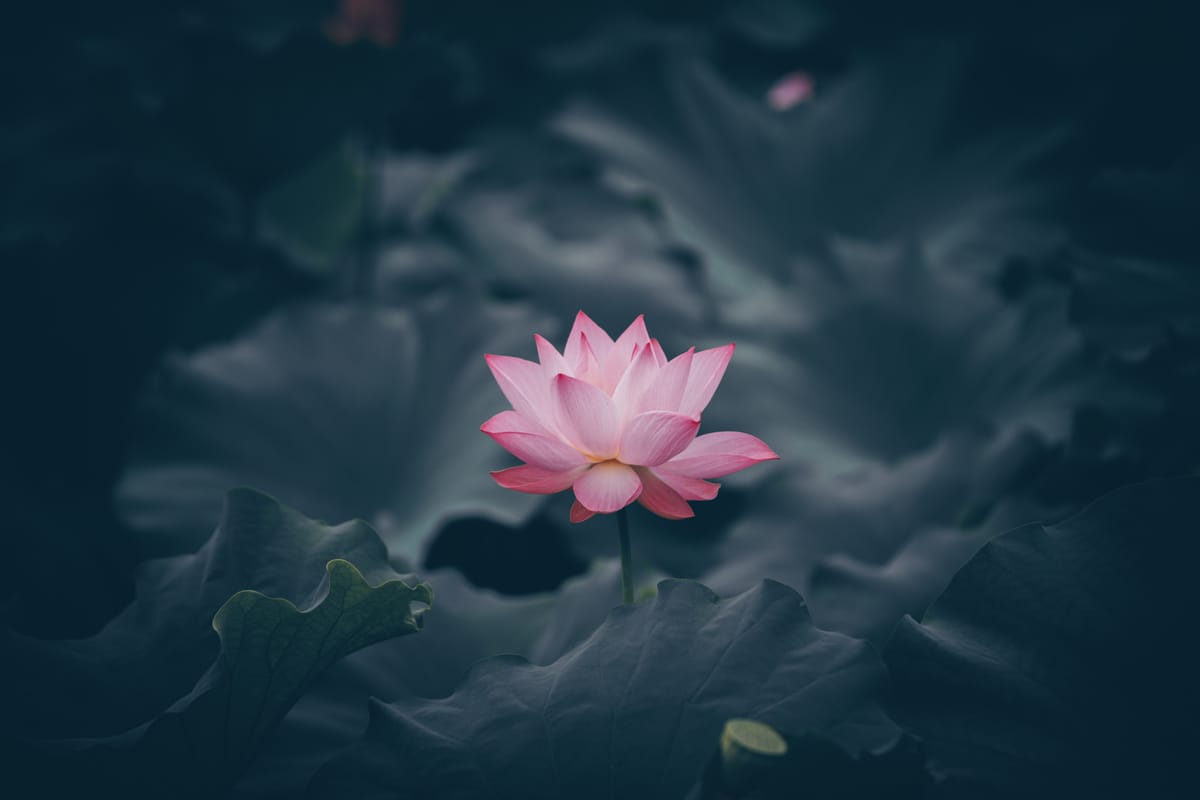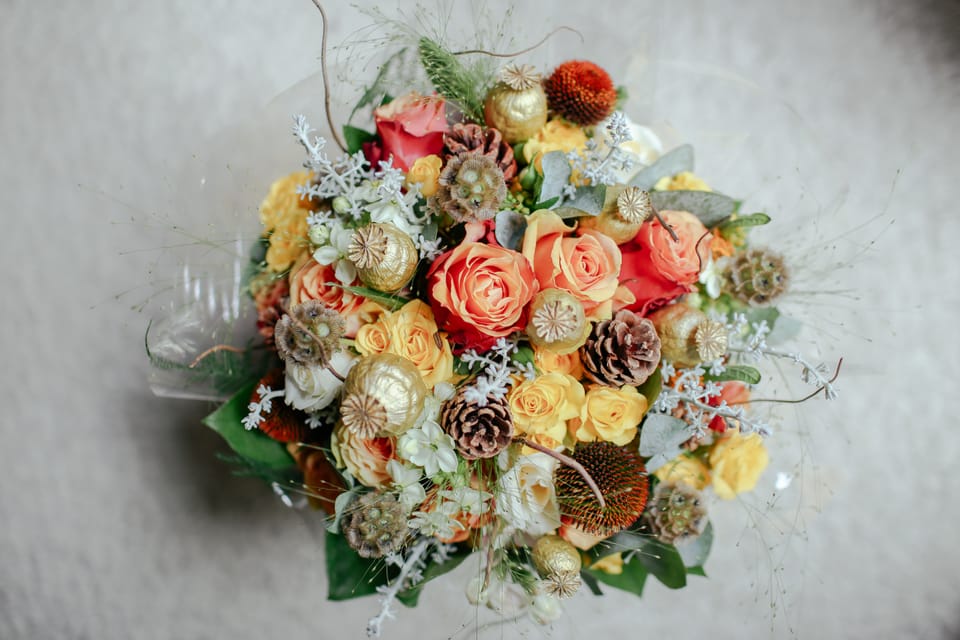No Mud No Lotus-Thich Nhat Hahn
Book summary of No Mud No Lotus by Thich Nhat Hahn


What the book is about
This book uses the lens of Buddhism to help understand the universal human condition of suffering, and offers simple strategies to alleviate it. A simple and easy read, it's packed with profound ideas to understand our suffering, make peace with it and offer compassion to ourselves & others around us. Although brief and deceptively simple, this book is a storehouse of wisdom and a keeper for all seasons of life.
Summary
Transforming suffering
- There is no realm where there is only happiness and no suffering.
- Being able to enjoy happiness, doesn't require us to have zero suffering. In fact, the art of happiness, is the art of suffering well.
- If we know how to use our suffering, we can transform it and suffer much less.
- The way to suffer well is to stay in touch with what is actually going on; in doing so, you gain liberating insights into the true nature of both suffering and joy. Both are organic, they are transitory and always changing. They are impermanent.
- You cannot grow a lotus on marble, it needs mud. The mud equates to the suffering and the lotus is you. It is easy to get stuck in the mud though and it's a hard practice to not allow yourself to be overwhelmed by despair. But it is essential to keep sight of the sunlight, the rain, the beautiful aroma of the lotus. They all coexist.
- Suffering is made of : physical suffering and suffering of the mind. Every kind of suffering manifests somewhere in the body and creates tension and stress. To release this stress, we first have to acknowledge that suffering is there.
- We instinctively know that we need to slow down or stop when our body is not at ease, or sick. But we don't do that anymore, we have forgotten how to rest. We don't listen to our body's wisdom anymore.
- We are truly alive only when the mind is with the body.
- If we take care of the suffering inside us, we have more strength and clarity to help address the suffering of those we love and the violence, poverty and inequities in the world. If we remain preoccupied with our fears and despair, we can't help anyone, and perhaps will make things worse.
Embracing suffering
- The Buddha said - nothing survives without food. Just as love needs to be fed and nurtured, so does our suffering. Our suffering survives because we enable and feed it.
- When we cut ourselves from the pain in our minds, we're also abandoning our bodies where suffering is being stored. We need the skill to look deeply into it and pass through it.
- When we stop the busyness of our mind & come back to ourselves, the enormity and rawness of our suffering can seem very intense because we are so used to ignoring it and distracting ourselves.
- Suffering is one kind of energy. Mindfulness is another kind of energy that we can call on to embrace the suffering. The function of mindfulness is first to recognise the suffering and then to take care of it.
- Recognising and embracing suffering is not the same as giving into it.
- The practice is not to fight or suppress the feeling, but cradle it with tenderness.
Practice: "Breathing in, I know suffering is there. Breathing out, I say hello to my suffering."
Looking deeply
- After we've cradled and embraced our suffering for some time, we can look deeply into it and begin to understand what has caused it and what is feeding it. Understanding it makes it much easier to transform it.
- We are not mere single individuals, we contain our ancestors' gifts, but also their suffering. Our body and mind contain their hopes and suffering as well as our own. You may believe they are outside you, but they are also inside you, in every cell. Look deeply within your possible ancestral pain too.
- The suffering of fear is a useless suffering. All fear arises because we ultimately fear annihilation. It is understandable, but if we look deeply, we will see that we are dying this very moment, just as much as we are living. We are living as well as dying all the time. Everything dies and renews itself all the time.
- When we are full of fear, we are so focused on preventing the event we dread that we forget this - that joy is possible even in an unpredictable world.
- Many of us slog through life, barrelling ahead without any conscious awareness of whether it fulfils are deepest aspirations. It's partly because we believe that happiness lies somewhere in the future and isn't possible here and now. We have a habit of running towards an imagined future, but this creates suffering. We can recognise this and envision what it would be like if we didn't run anymore.
- If we don't stop and come home to ourselves, we may not even know what truly brings us our deepest happiness.
- When we take the time to look deeply and understand our suffering, it also transforms into compassion and empathy for others. Because we can understand them better, see them better, hear them better.
- The most effective way to show compassion to another, is to listen rather than talk! It is a healing act.
Ease & Releasing the arrow
- There are big and unavoidable sufferings of illness and loss that we must endure. There are also little sufferings, relatively speaking. And we spend too much energy focusing on them. We can let go of these little sufferings and save our energy for the big ones.
- The teaching of The Arrow: Unwelcome things sometimes happen in our lives and we suffer. This is like an arrow that hits us. But we often shoot our own selves with a second arrow - which is our own reactive storyline and anxiety towards what happened. It can be in the form of judgement, anger or fear. The art of suffering well gives us the ability to not get carried away by these.
- It's important to always remember the truth of impermanence. A suffering can arise or work itself out at any moment.
- Be watchful of the comparing mind. It may give you temporary satisfaction by coming up bigger, more superior than others, but it never lasts. It's a trap that leads to delusion and isolation.
5 practices for nurturing happiness
- Letting go and releasing your cows: Learn to cast off and leave behind. The things you deem utterly necessary for your survival - try to release them and see what happens (release the cows). Your idea of happiness may itself be the main obstacle keeping you from it. We don't have to wait till all suffering ends, in order to be happy.
- Inviting positive seeds: Take care of suffering by inviting seeds of the opposite nature to come up. Practice appropriate attention to positive qualities & conditions within and outside of yourself.
- Mindfulness based joy: Practice mindfulness in simple everyday activities and get in touch with the inherent joy that already exists within and around you.
- Concentration: Practice staying in the present moment.
- Insight: Insight is seeing what is there with clarity. Make use of the insights you have instead of getting hooked by triggers.
Practice: "Waking up this morning, I smile. I have 24 hours to live, I vow to live them deeply and learn to look at the beings around me with compassion"
Harnessing collective mindfulness
- Sometimes we need our suffering to be recognised by more than one person.
- We can borrow the collective energy of the mindfulness of a group of practitioners when we need help of this kind. We can just allow our pain to be embraced by the collective and let our healing begin.
- The most precious thing you can offer to a loved one who is suffering, is your true presence.




